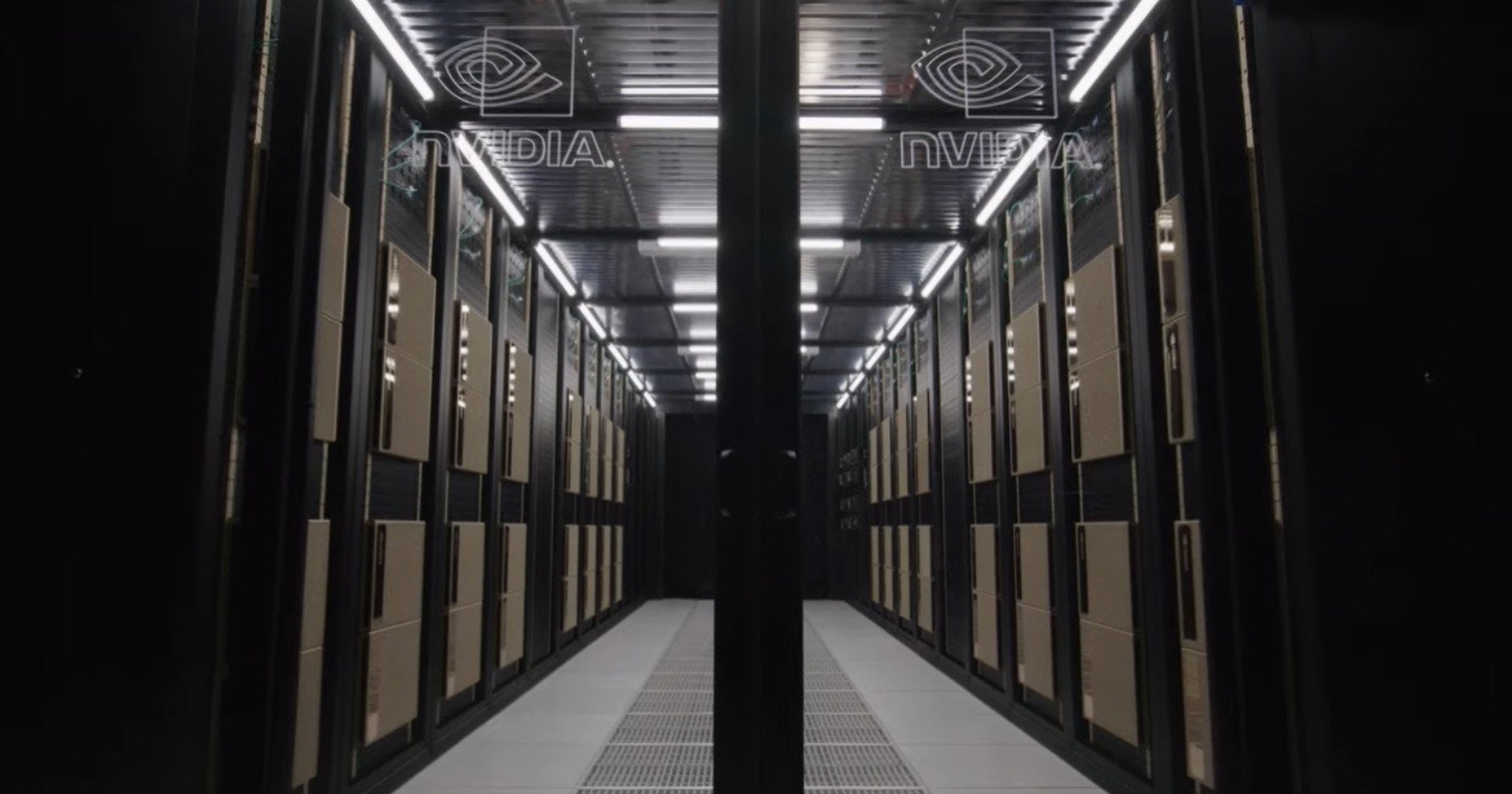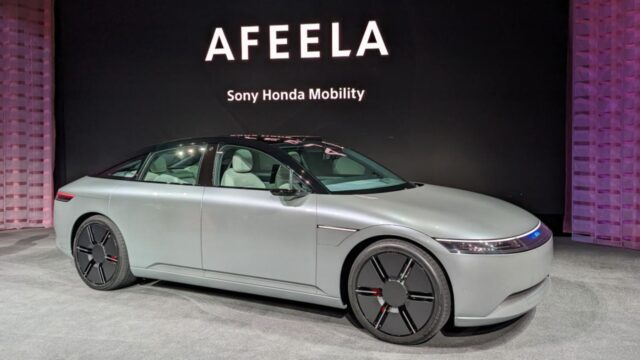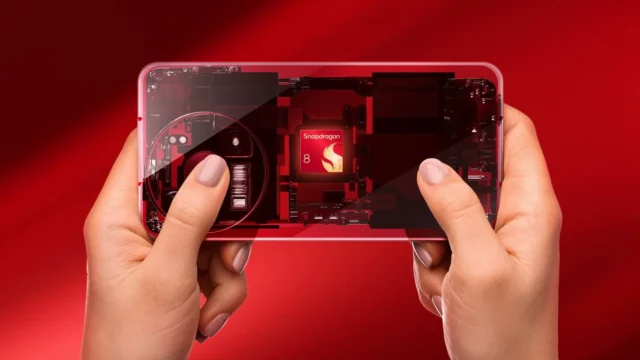Taking a closer look at the architecture that powers advanced artificial intelligence factories, NVIDIA has released a video providing the first glimpse of its latest supercomputer at the data center scale, Eos. Eos, a massively scaled NVIDIA DGX SuperPOD, serves as the place where NVIDIA developers create AI breakthroughs using accelerated computing infrastructure and fully optimized software.
Nvidia’s New Supercomputer: Eos
Eos, constructed with 576 NVIDIA DGX H100 systems and the NVIDIA Quantum-2 InfiniBand network and software, delivers a total of 18.4 exaflops FP8 AI performance. Introduced at the Supercomputing 2023 trade show (named after the Greek goddess said to open the gates of dawn every day), Eos reflects NVIDIA’s commitment to advancing AI technology.
Each DGX H100 system in Nvidia’s supercomputer is equipped with eight NVIDIA H100 Tensor Core GPUs. Eos houses a total of 4,608 H100 GPUs (each priced at $30,000). As a result, Eos can handle the largest artificial intelligence workloads, including large language models, recommendation systems, quantum simulations, and more.
The architecture of Eos is optimized for artificial intelligence workloads that require ultra-low latency and high-efficiency interconnect in a large cluster of accelerated computing nodes. This makes it an ideal solution for organizations looking to scale their AI capabilities.
Nvidia’s new supercomputer features a network architecture based on NVIDIA Quantum-2 InfiniBand, which incorporates In-Network Computing technology. This architecture supports data transfer speeds of up to 400 Gb/s, facilitating the rapid movement of large datasets required for training complex AI models.
At the core of Eos lies the DGX SuperPOD architecture supported by NVIDIA’s DGX H100 systems. This architecture is designed to provide tightly integrated full-stack systems capable of large-scale computing in the fields of AI and computing.
Ranked 9th on the TOP500 list of the world’s fastest supercomputers, Nvidia’s supercomputer Eos is pushing the boundaries of AI technology and infrastructure.



 Shiftdelete.net
Shiftdelete.net










